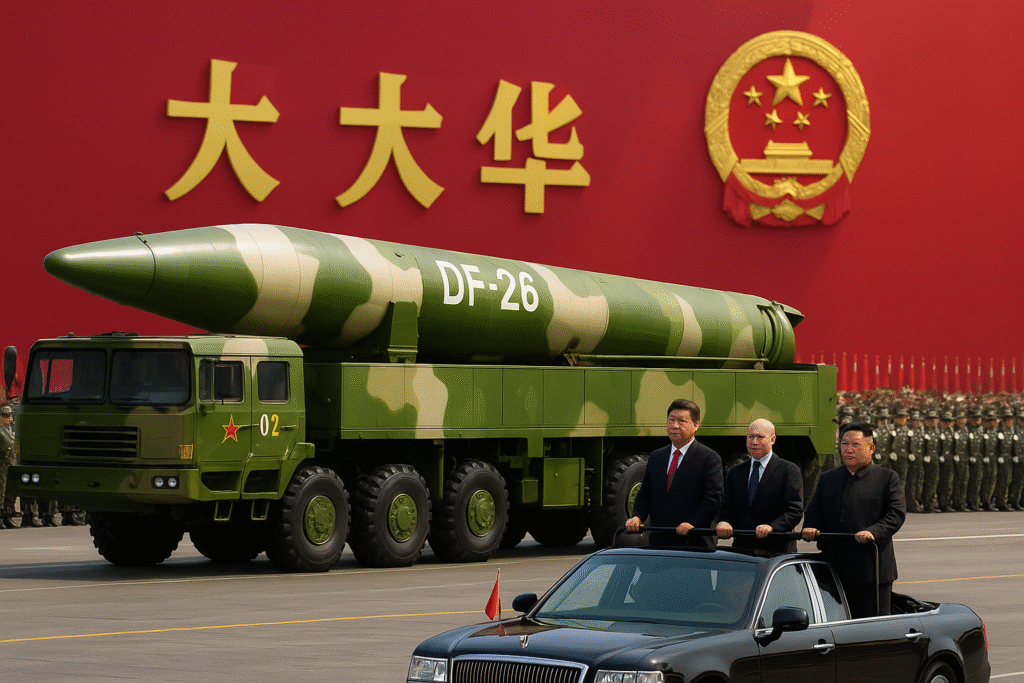
Beijing is preparing for one of its most symbolic and controversial displays of power in decades. On September 3, 2025, China will host a massive Victory Day military parade, commemorating 80 years since the end of World War II. But this is no ordinary remembrance. It is a carefully choreographed geopolitical statement, showcasing advanced weaponry and signaling new alliances. With Russian President Vladimir Putin and North Korean leader Kim Jong Un set to stand alongside President Xi Jinping, the event is already being called an “axis of upheaval” by global analysts.
The parade is not only about honoring history; it is about shaping the future world order. And the message is clear: China is ready to stand tall against Western dominance.
A Parade Beyond Tradition
China has held large-scale parades before, but this year’s Victory Day commemoration carries added weight. Coming at a time of heightened tensions with the United States, NATO, and their allies, the event doubles as a strategic signal to the world.
Military experts say Beijing will roll out its most sophisticated hardware:
- DF-26 “carrier killer” missiles, capable of striking U.S. naval assets.
- Next-generation hypersonic weapons that defy current defense systems.
- Swarm drones and cyber-warfare systems demonstrating China’s technological edge.
- A mysterious laser-based weapon, still cloaked in secrecy.
This isn’t just pageantry. It’s a bold demonstration of readiness and deterrence, meant to remind rivals that China has both the technology and the alliances to stand its ground.
Putin and Kim at China’s Side
The presence of Putin and Kim gives the parade its most controversial edge. For Beijing, these guests are not accidental—they are strategic partners, united by mutual resistance to Western sanctions and pressure.
- Russia, under heavy sanctions due to its ongoing war in Ukraine, is finding renewed diplomatic and economic lifelines in China.
- North Korea, often isolated, gains legitimacy and visibility by standing shoulder to shoulder with two global powers.
Together, the trio projects a united front—a counterbalance to what they often describe as “Western hegemony.” The optics of these leaders together are designed to send shockwaves through Washington, Brussels, and Tokyo.
Why This Parade Matters Globally
The significance of this parade goes far beyond China’s borders. Three major takeaways stand out:
- Geopolitical Realignment
The gathering reflects a shift toward multipolar power dynamics. China is no longer content to play second fiddle on the world stage—it wants to lead a coalition of nations that challenge the Western-led order. - Signal of Military Confidence
By unveiling its most advanced weaponry, Beijing is asserting that it can not only defend its borders but also project power well beyond them. This directly affects flashpoints like the South China Sea, Taiwan Strait, and East Asia. - Psychological Warfare
Military parades are as much about perception as capability. The image of Xi, Putin, and Kim together is designed to plant doubt in the minds of Western policymakers: Can the U.S. and its allies contain this rising coalition?
The Western Response
Predictably, Western governments and defense analysts have expressed concern. The U.S. State Department called the upcoming parade a “provocative show of force” that risks destabilizing an already tense global environment. European leaders have echoed similar worries, arguing that the gathering could embolden authoritarian regimes.
At the same time, Washington is strengthening military partnerships in the Indo-Pacific, doubling down on the Quad alliance (India, Japan, Australia, and the U.S.) and reinforcing ties with the Philippines and South Korea.
This dynamic is creating a dangerous feedback loop: as China shows off its power, the West responds with more security commitments, further fueling mistrust.
More Than Just a Parade
Beyond the spectacle, the Victory Day event is about political storytelling. By aligning the memory of World War II with its modern ambitions, China is framing itself as the guardian of peace against Western aggression. Xi Jinping’s government is carefully curating the narrative: that China, alongside its allies, stands on the “right side of history.”
This messaging resonates not only domestically but also with parts of the Global South, where skepticism of Western influence runs deep.
A Defiant New Era
The 2025 Victory Day Parade is shaping up to be one of the most consequential events of the year. With its display of cutting-edge weapons, its bold alliances, and its defiant political message, China is making it clear that it is no longer just rising—it has risen.
Whether the world views this as a necessary balance of power or a dangerous provocation, one thing is undeniable: the sight of Xi, Putin, and Kim standing together in Beijing will be remembered as a turning point in the struggle over the 21st century’s global order.
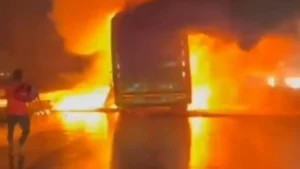
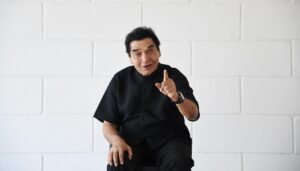


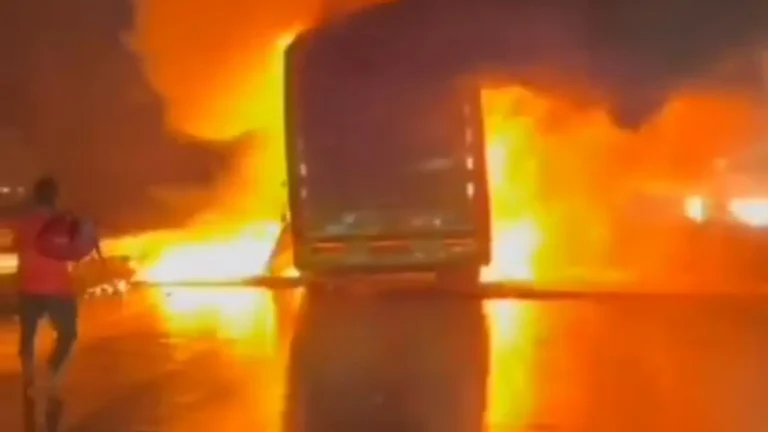
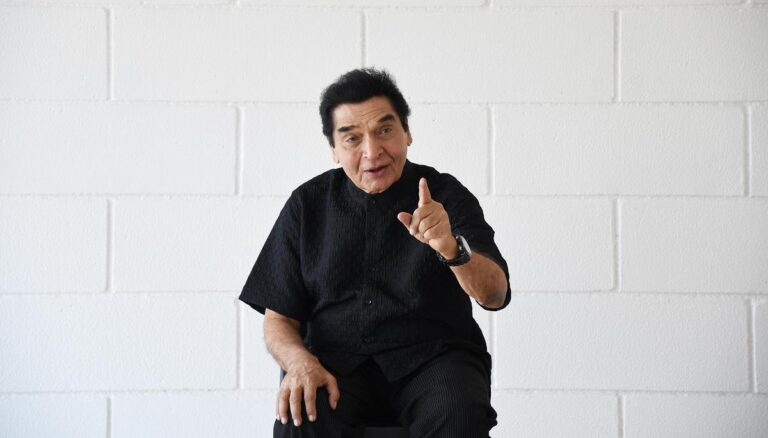
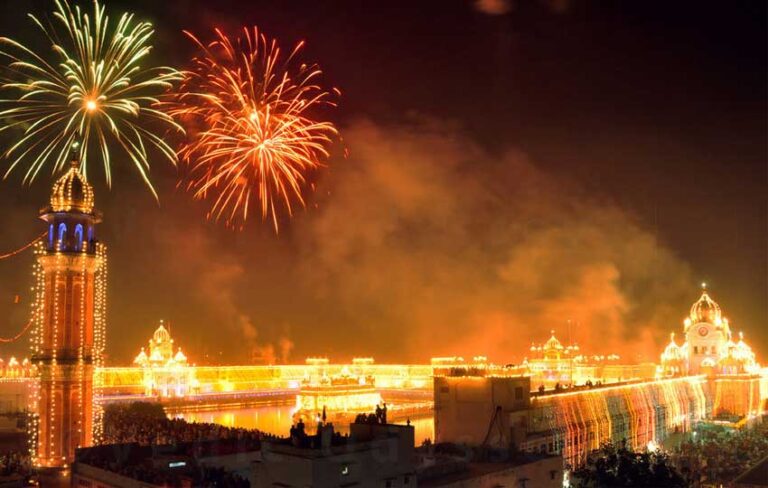
One thought on “China’s Defiant Victory Day Parade: A Powerful Show of Strength with Putin and Kim Jong Un”